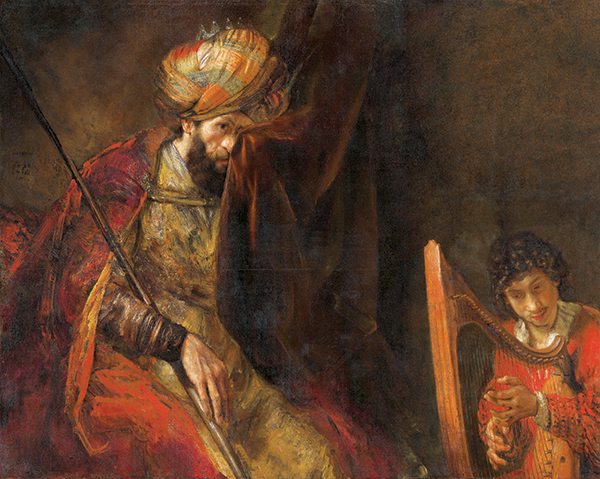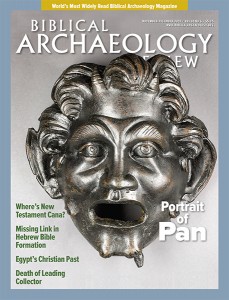
For more than a century, the Mauritshuis museum in The Hague, Netherlands, has been in possession of Rembrandt’s Saul and David. Before the Biblical work had become part of this collection, however, it had been unceremoniously split in two and then later put back together.
In 1969, acclaimed art historian Horst Gerson examined the painting and declared that this was no Rembrandt. He thought it lacked the typical painterly execution of the famous Dutch artist. Thus, the attribution for the painting was changed to read “Rembrandt and/or Studio.”
A recent study, however, concludes the opposite: Saul and David is indeed Rembrandt’s workmanship. After four and a half decades, the museum decided to launch its own study of the piece. Beginning in 2007, the study lasted eight years.
The painting, which is the focus of the Mauritshuis’s new exhibit Rembrandt? The Case of Saul and David, depicts a youthful David playing the harp for King Saul. According to 1 Samuel 16:14–23, David first enters the palace as a musician. He is hired to play the lyre for King Saul, who was tormented by an evil spirit. In 1 Samuel 19:9–10, Saul tries to pin David to the wall with his spear while David is playing the lyre for him, but David escapes.
Already a library member? Log in here.
Institution user? Log in with your IP address.

